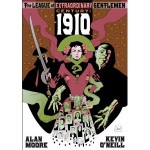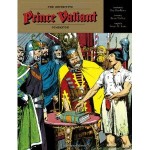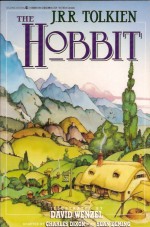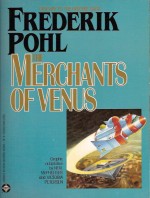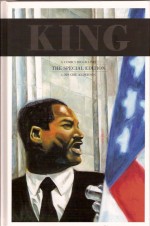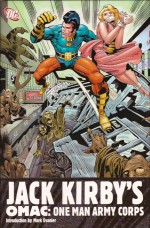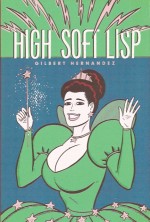
By Gilbert Hernandez (Fantagraphics Books)
ISBN: 978-1-60699-318-7
Please pay attention: this book contains stories and images of an extremely adult nature, specifically designed for adult consumption and the kind of coarse and vulgar language that most kids are fluent in by the age of ten. If reading about such things is likely to offend you, please stop now and go away. Tomorrow I’ll write about something with violence and explosions, so come back then.
In addition to being part of the graphic and literary revolution that is Love and Rockets (where his astonishingly compulsive tales of Palomar and the later stories of those characters collected as Luba gained such critical acclaim) Gilbert Hernandez has produced stand-alone tales such as Sloth, Grip and Girl Crazy, all marked by his bold, instinctive, simplified line artwork and a mature, sensitive use of the literary techniques of Magical Realist writers Carlos Fuentes and Gabriel GarcÃa Márquez: techniques which he has added to and made his own.
Love and Rockets is an anthology comics publication that features slick, intriguing, sci-fi-ish larks, heart-warming, terrifying, gut-wrenching soap-opera fantasy and bold experimental comic narratives that pretty much defy classification. The synthesistic Hernandez Bros still captivate with incredible stories that sample a thousand influences conceptual and actual – everything from Archie Comics and alternative music to German Expressionism and masked wrestlers.
Palomar was the conceptual and cultural playground of Gilberto, created for the extended serial Heartbreak Soup: a poor Latin-American village with a vibrant, funny and fantastically quotidian cast. Everything from life death, adultery, magic, serial killing and especially gossip could happen in the meta-fictional environs of Palomar, and did, as the artist explored his own post-punk influences, comics, music, drugs, comics, strong women, gangs, sex, family and comics, in a style that seemed informed by everything from Tarzan comics to Saturday morning cartoons and the Lucy Show.
Beto, as he signs himself, returns to Palomar constantly, usually with tales involving the formidable matriarch Luba, who ran the village’s bath house, acted as Mayor and sometimes police chief – as well as adding regularly and copiously to the general population. Her children, brought up with no acknowledged fathers in sight, are Maricela, Guadalupe, Doralis, Casimira, Socorro, Joselito and Concepcion.
Luba eventually migrated to the USA and reunited with her half-sisters Petra and the star of this volume, Rosalba “Fritz†Martinez. This collection was compiled from assorted material that first appeared in Love and Rockets volume II and Luba’s Comics and Stories, with some new pages and many others redrawn and rewritten.
Fritz is a terrifyingly complex creature, a psychiatrist, therapist, B-Movie actress, belly dancer, drunk, gun-fetishist, sexually aggressive and a manipulative serial spouse. Beautiful, enticingly damaged, with a possibly intentional speech impediment she sashays from crisis to triumph and back again, and this moving, shocking, funny chronicle uses the rambling recollections of one of her husbands, motivational speaker Mark Herrera, to follow her life from punkette outsider at High-School through her various career and family ups and downs.
Under the umbrella title of ‘Dumb Solitaire’ what purports to be the memoir of Senor Herrera reveals in scathing depth the troubled life of the woman he cannot stay away from, in an uncompromising and sexually explicit “documentary†which pulls no punches, makes no judgements and yet still manages to come off as a feel-good tale.
High Soft Lisp is the most intriguing depiction of feminine power and behaviour since Flaubert’s Madame Bovary – and probably just as controversial – with the added advantage of Beto’s intoxicating drawing adding shades of meaning that mere text just cannot impart.
Very funny, very moving, remarkable and unmissable: no mature fan of the medium can afford to miss this treat.
© 2010 Gilbert Hernandez. All Rights Reserved.


